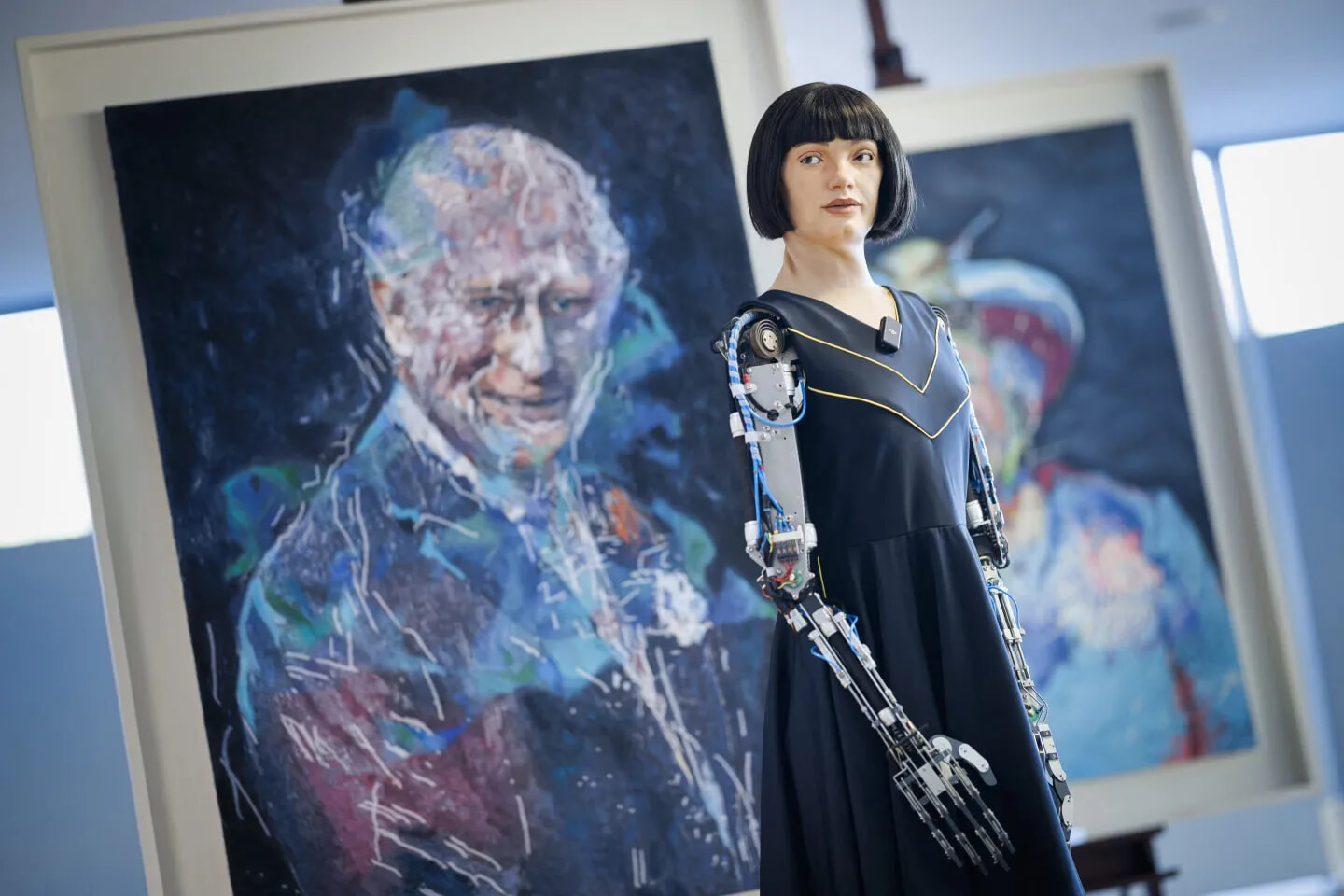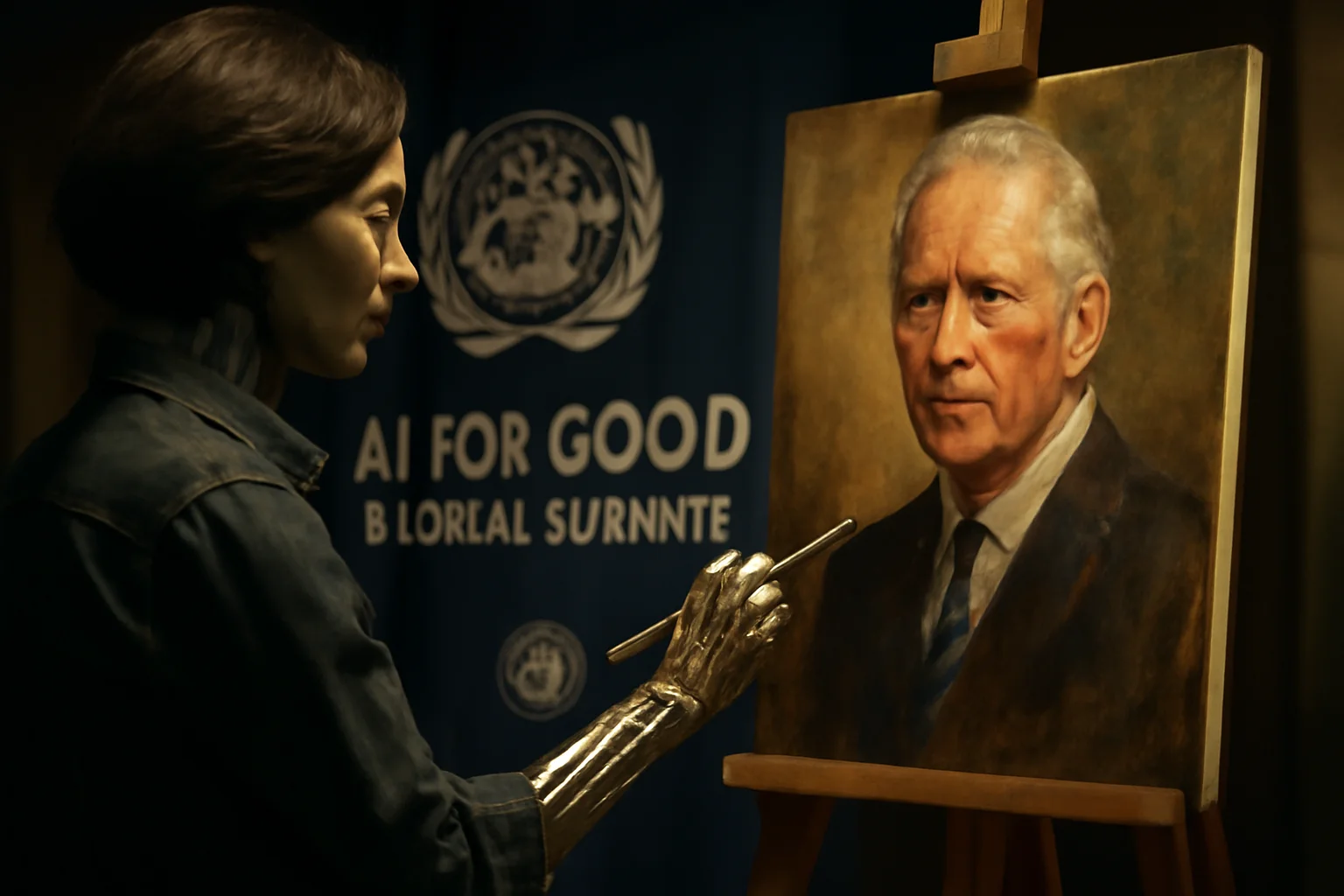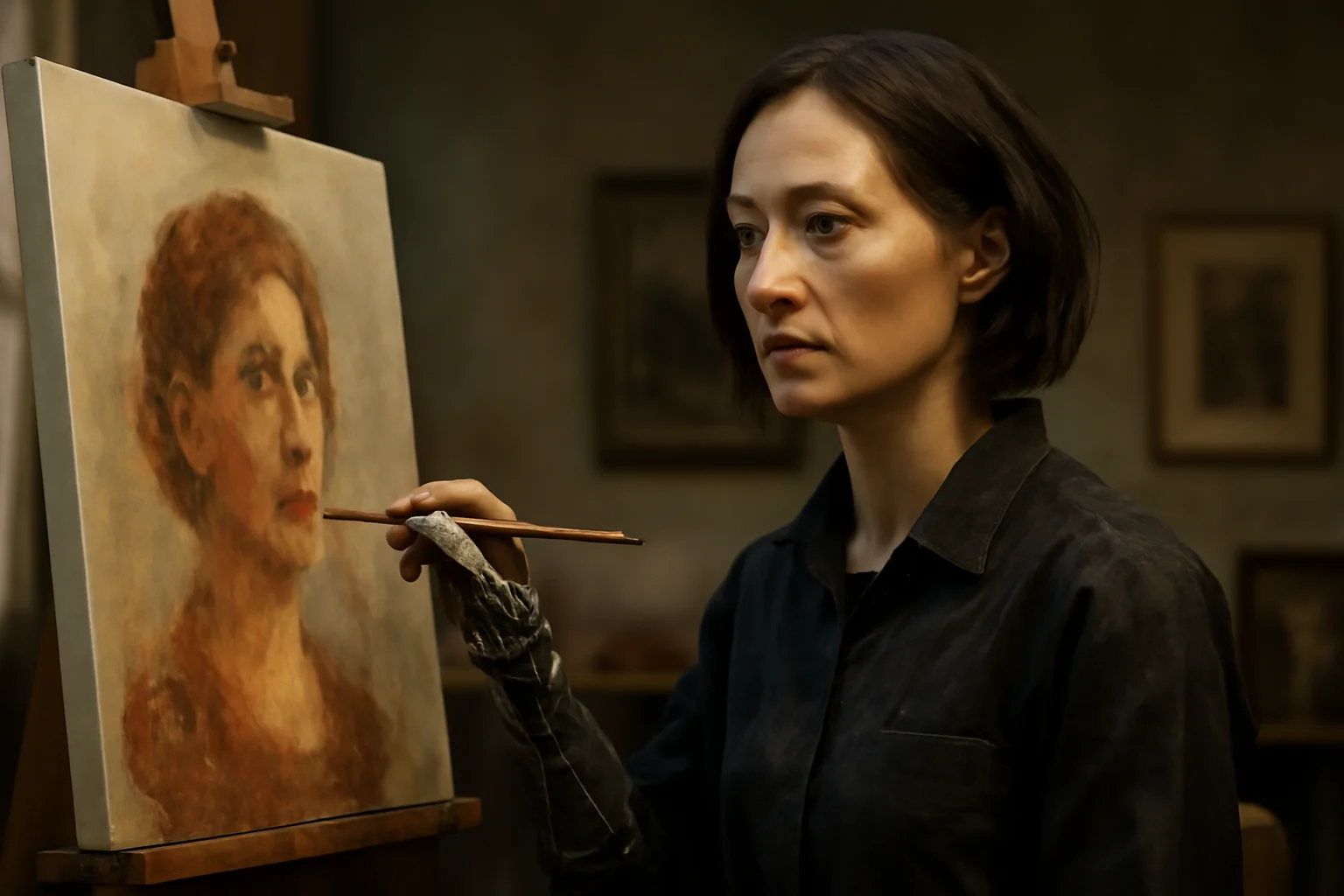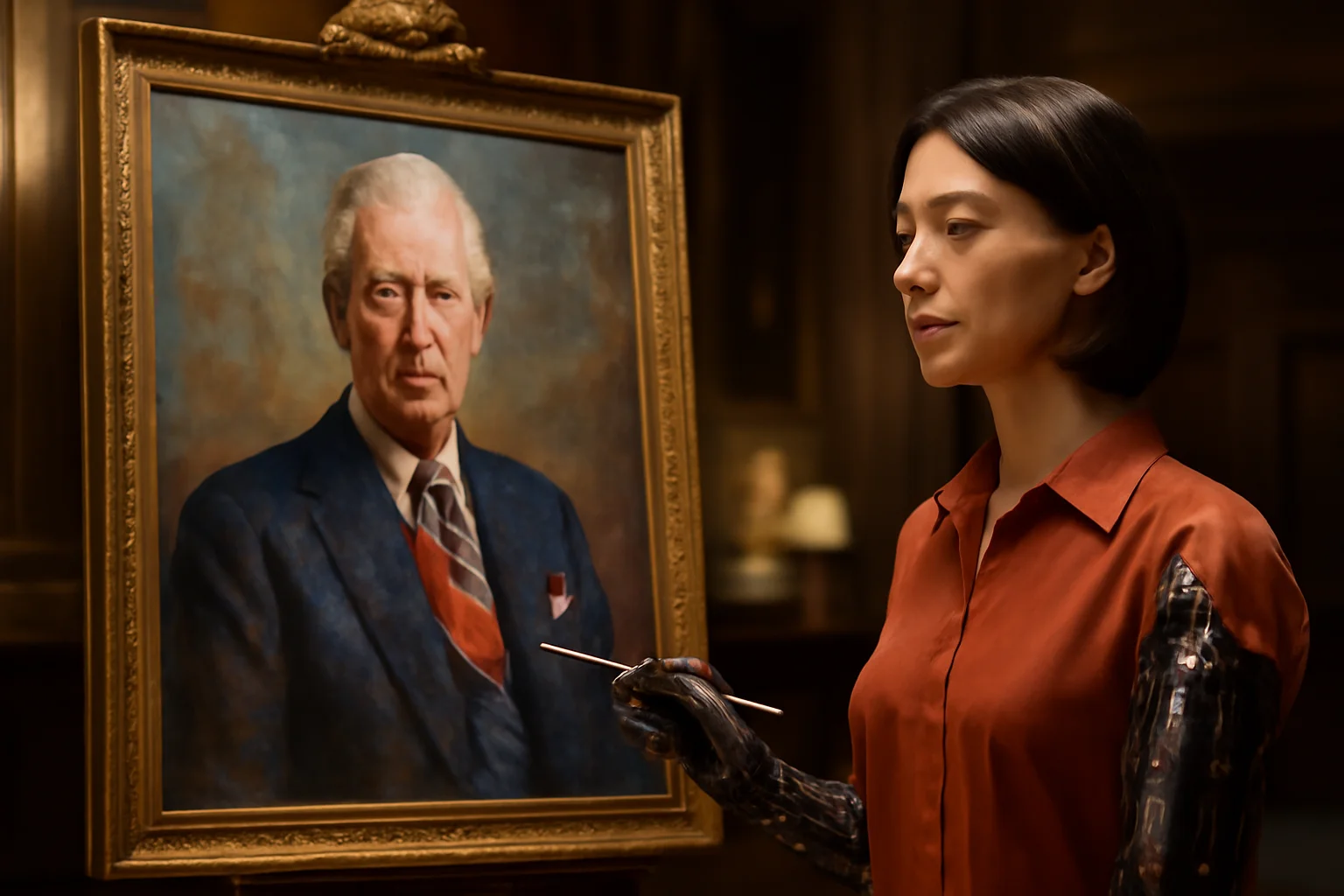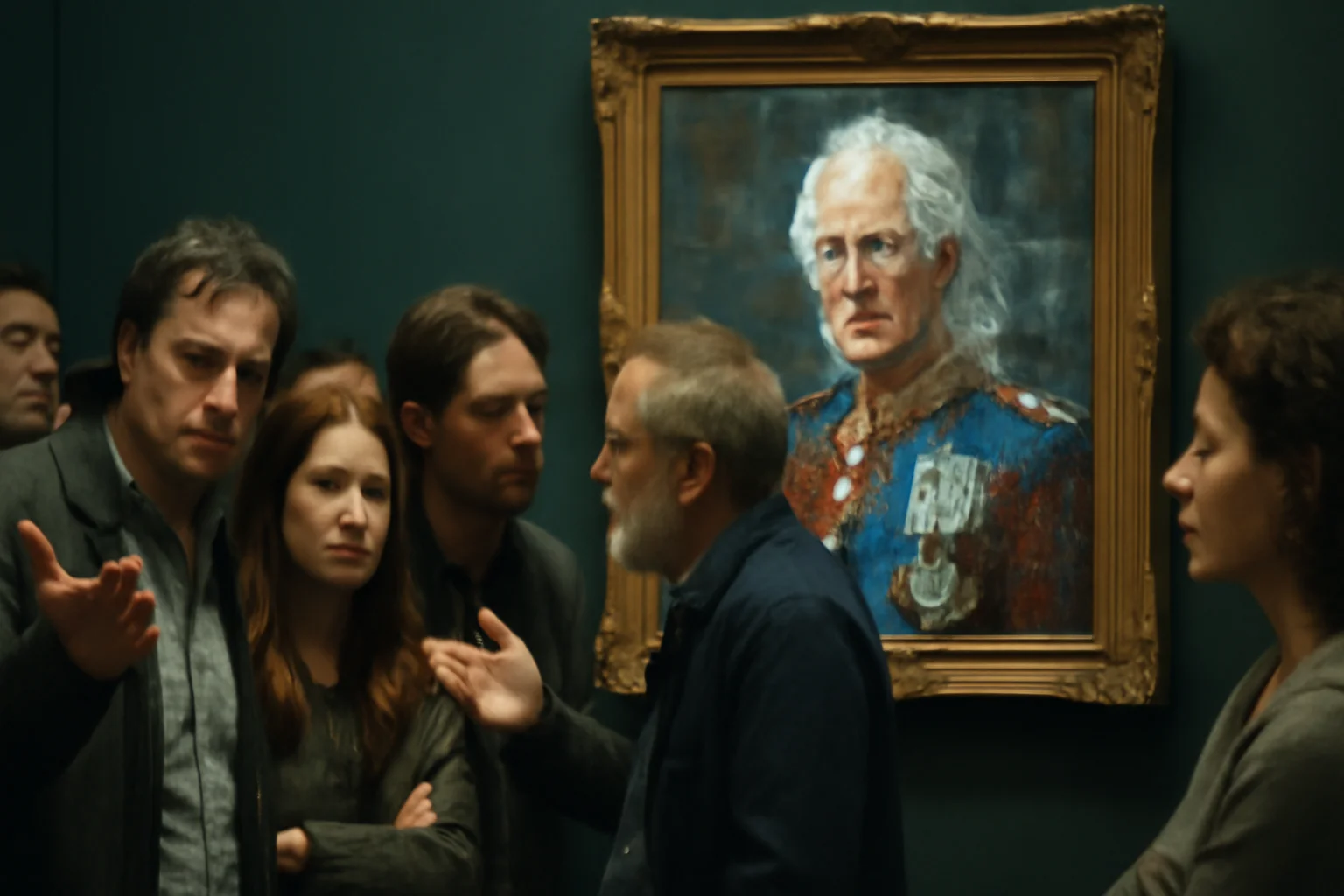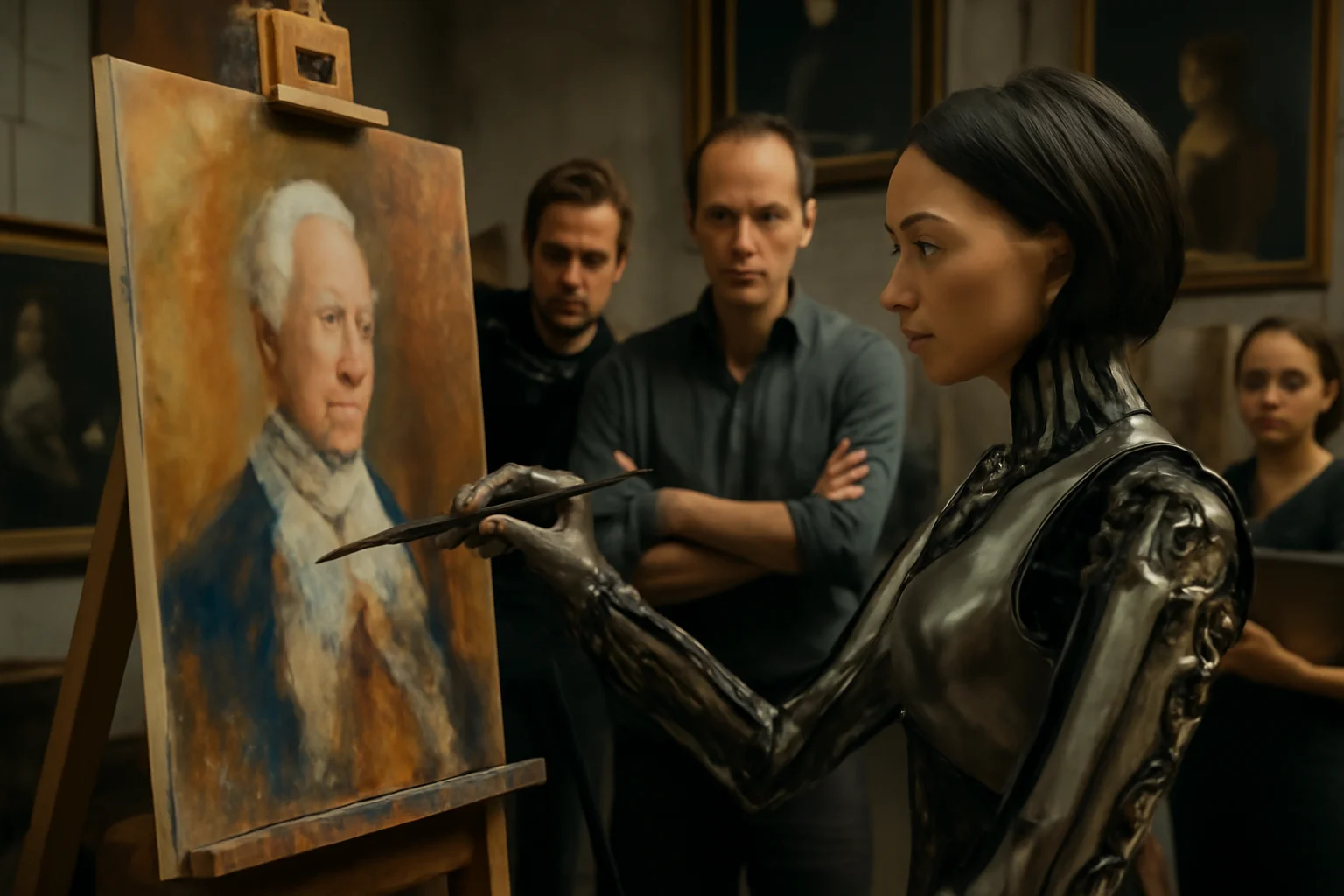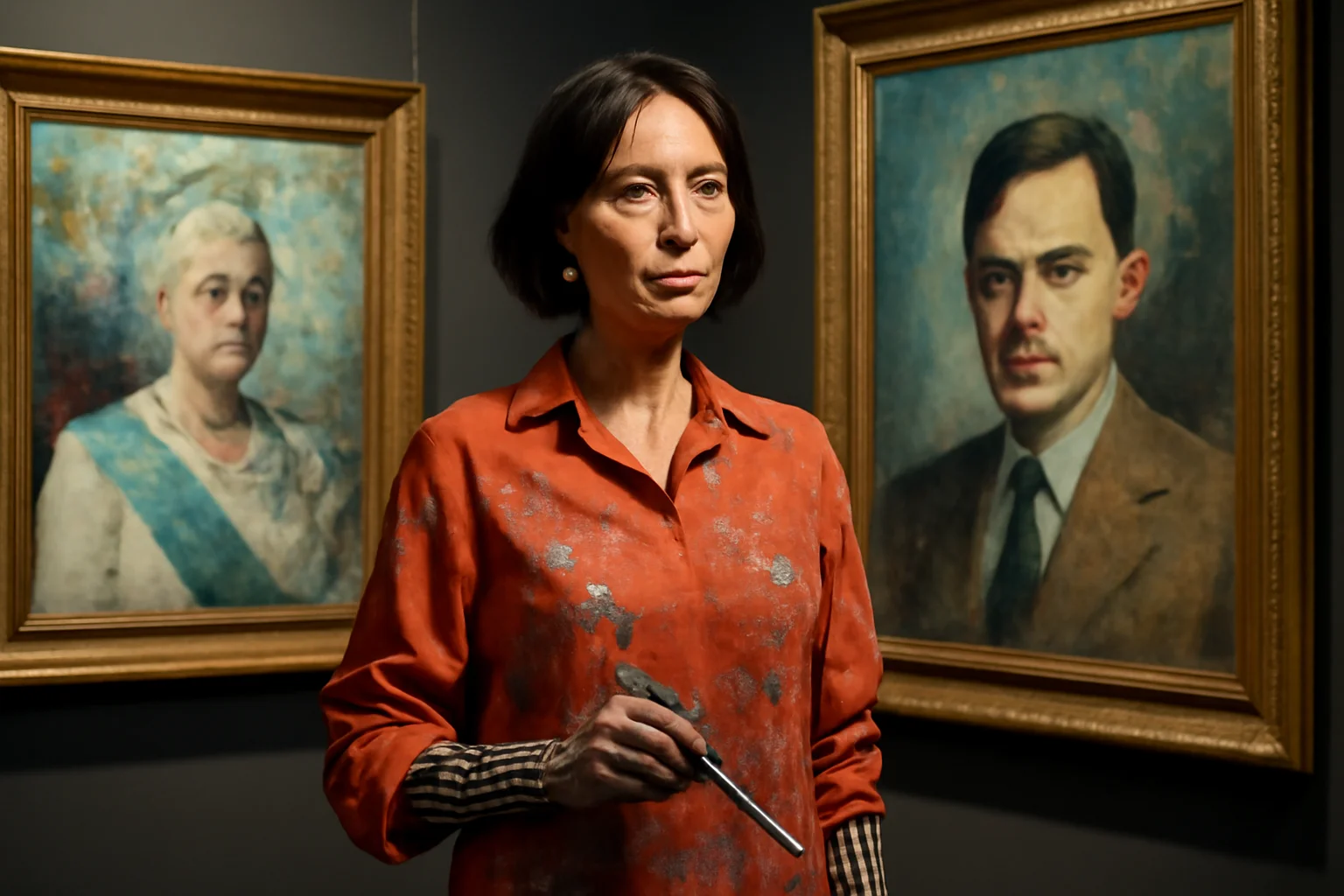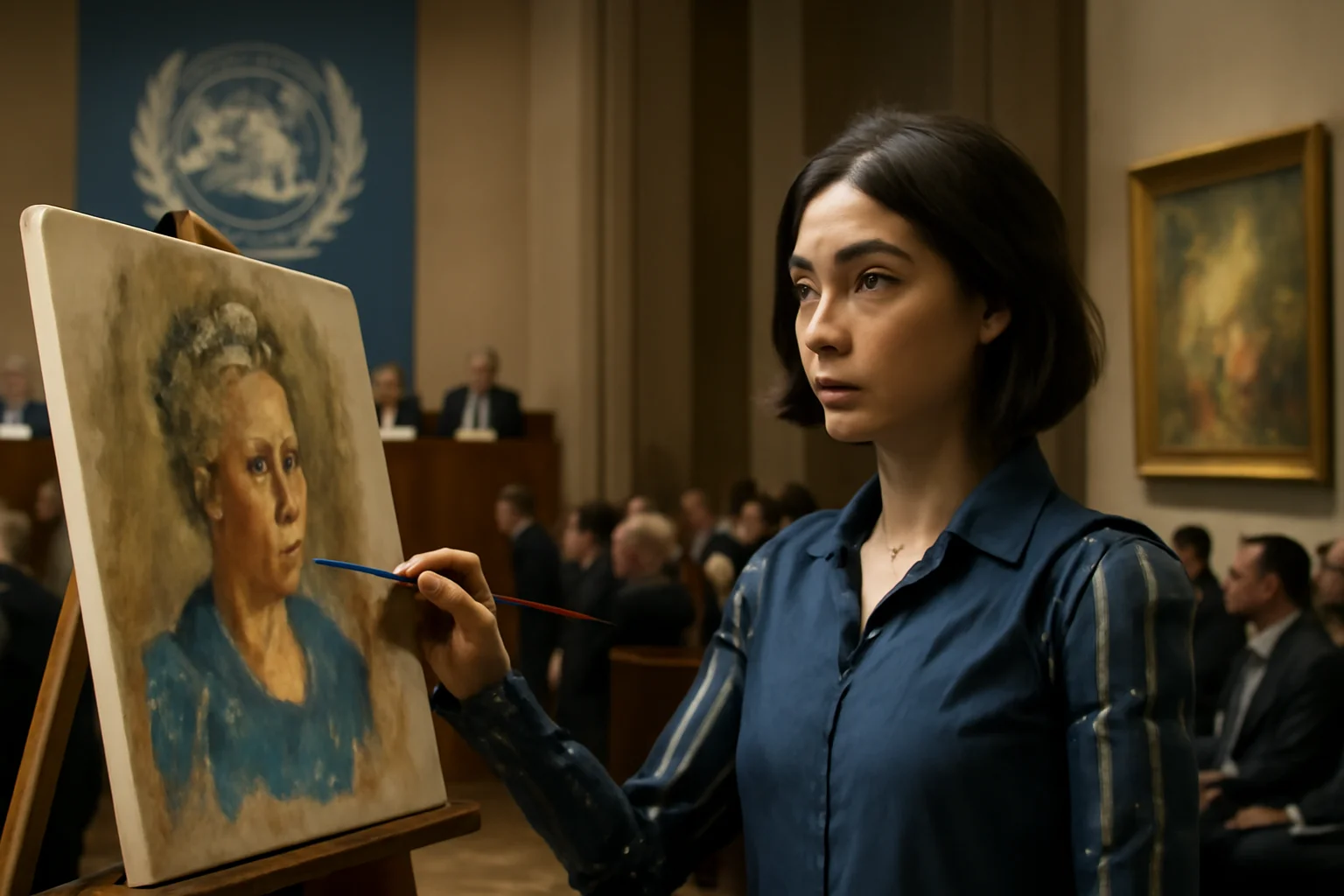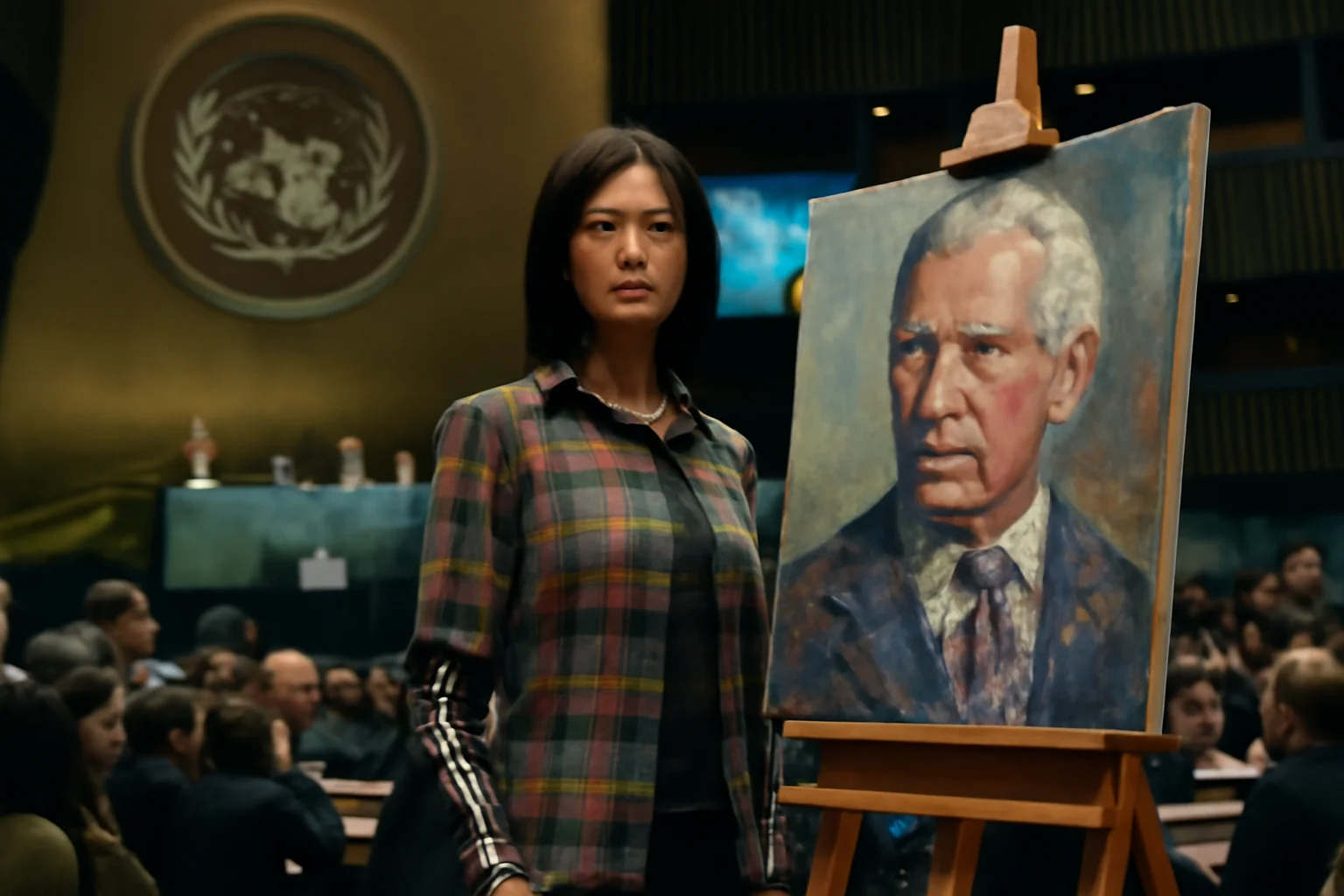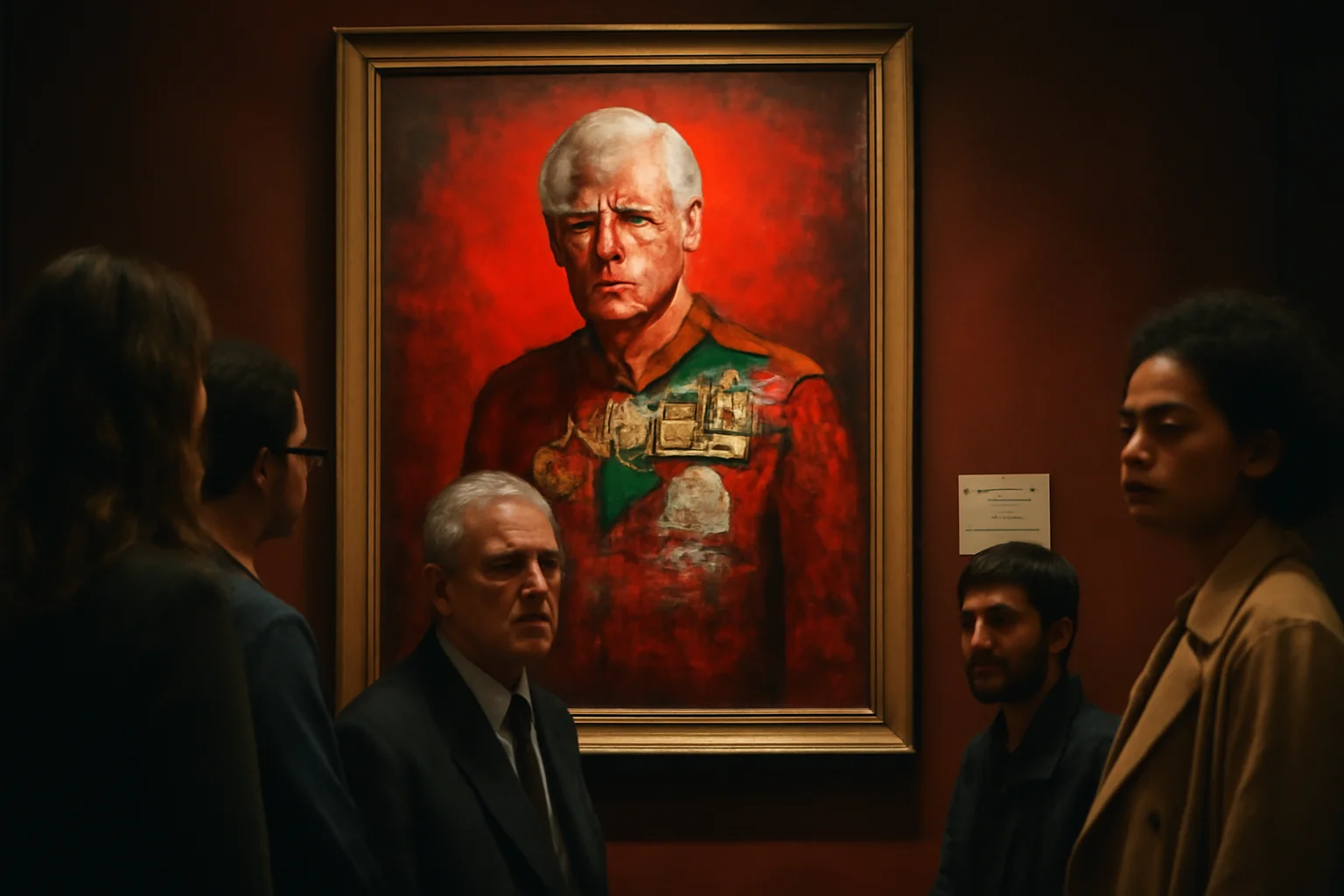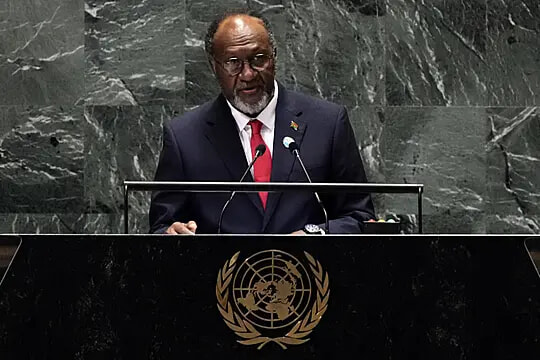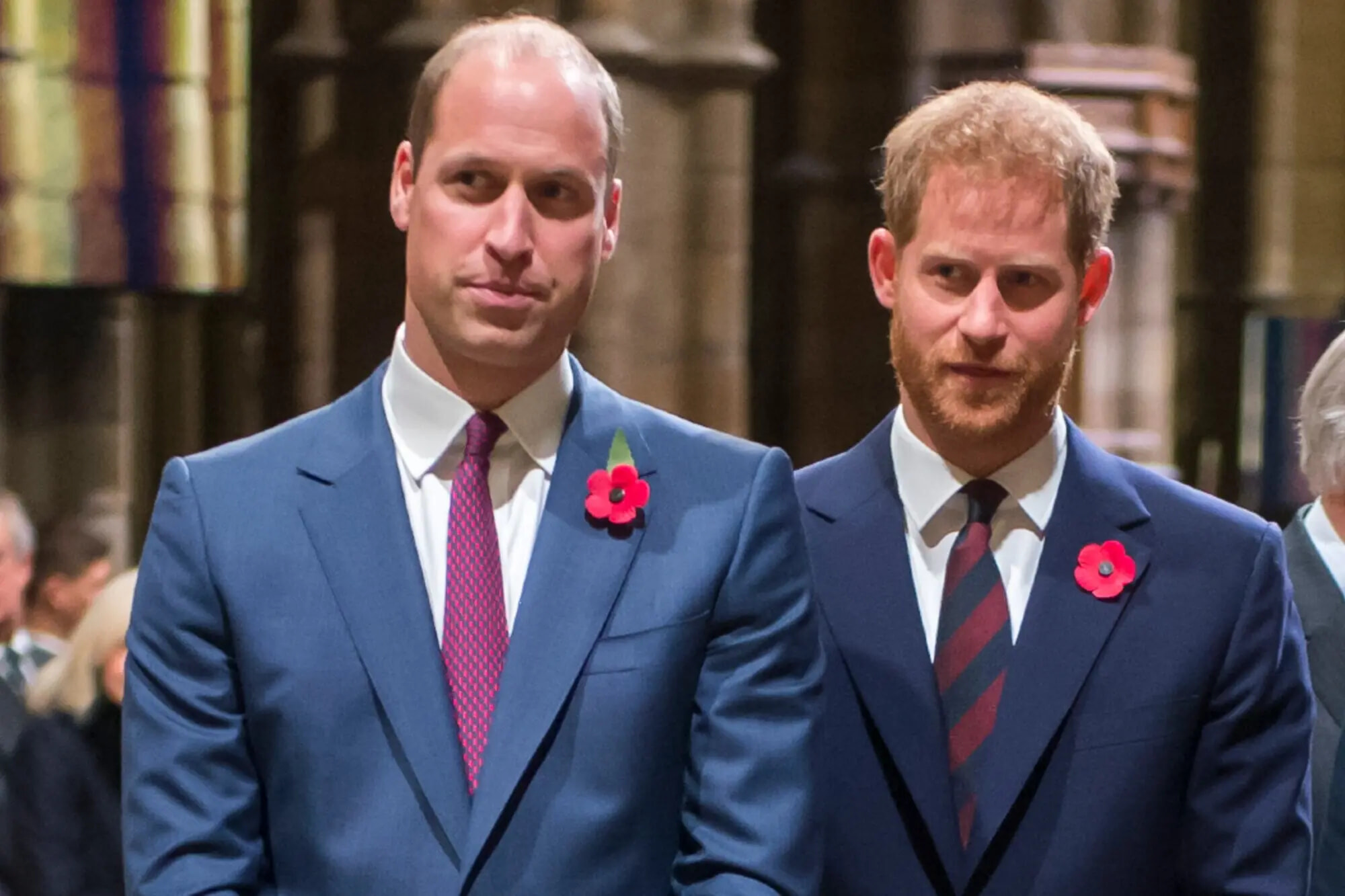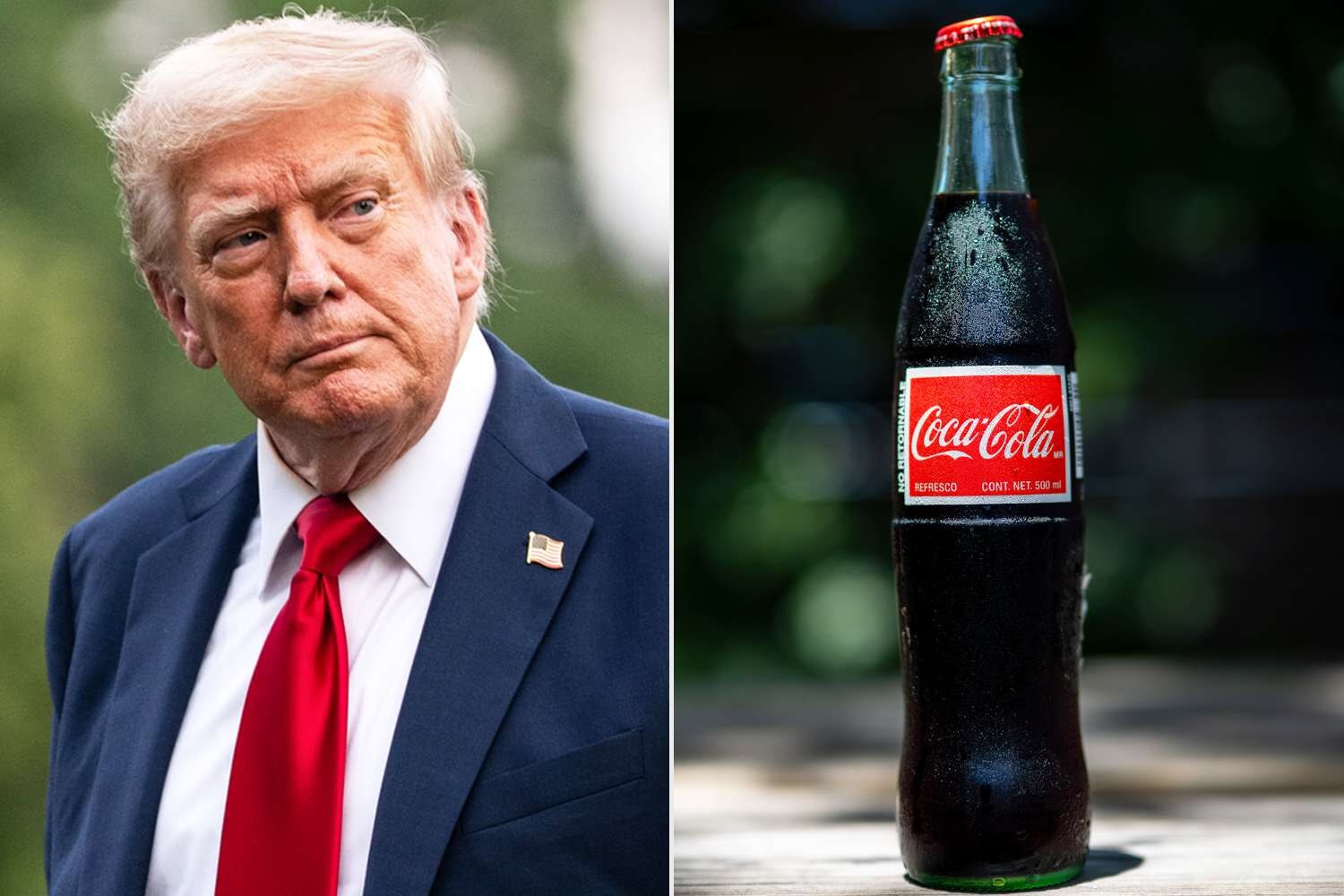Ai-Da’s appearance at the United Nations’ AI for Good Global Summit signaled more than artistic ambition—it was a global statement.
The Geneva summit drew together technologists, policymakers, artists, and philosophers to explore the frontiers of artificial intelligence.
Ai-Da’s portrait of King Charles III quickly became the event’s focal point, drawing crowds eager to see art history in the making.
Speakers debated not just the painting, but what it meant for the future of identity, copyright, and the nature of expression.
For many, the robot’s presence represented the promise—and peril—of an era where machines shape culture alongside people.
Panelists explored applications of AI beyond art, including healthcare, education, environmental action, and even peacebuilding.
As journalists captured images of Ai-Da standing beside her canvas, the UN stage became a symbolic meeting ground for past, present, and future.
The summit’s dialogue reached far beyond Geneva, sparking headlines and think pieces around the world.
Organizers hailed Ai-Da as proof that technology can catalyze debate, not just deliver products or services.
The United Nations embraced the controversy, using it to champion responsible, ethical innovation on a planetary scale.
For Ai-Da and her creators, the summit was validation—robots could indeed spark global conversations about art, society, and what comes next.
